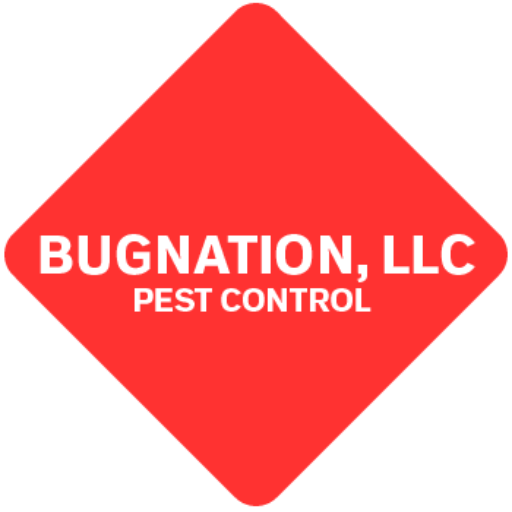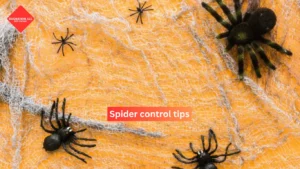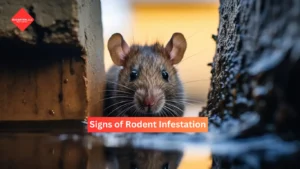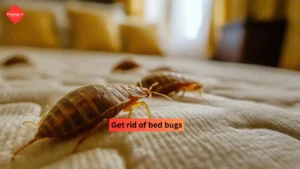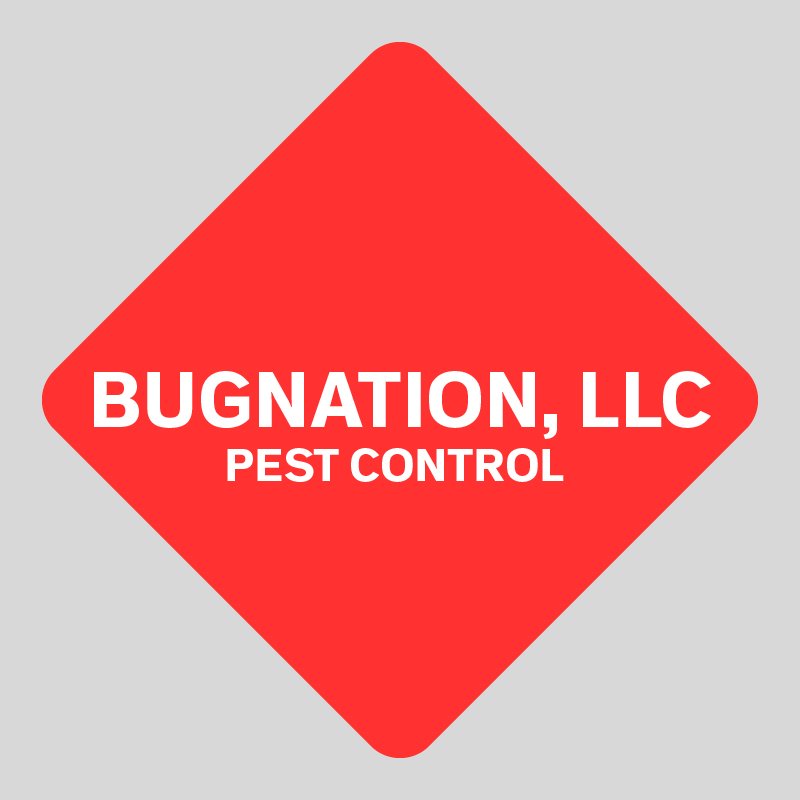When it comes to protecting your home from pests, it’s important to take proactive steps throughout the year. Whether it’s the heat of summer or the chill of winter, different pests thrive in different seasons. That’s why effective pest-proofing requires a year-round approach to keep your home safe from unwanted guests. At BugNation, we’ve put together a guide to help you pest-proof your home every season, ensuring you stay pest-free no matter the weather.
Why Pest-Proofing Your Home Matters
Pests aren’t just annoying; they can cause significant damage to your property, spread diseases, and even trigger allergies. From ants invading your kitchen to rodents nesting in your attic, pests are more than just a nuisance. Implementing a comprehensive pest-proofing plan helps protect your family, your belongings, and your peace of mind. Whether you’re a homeowner or renting, these tips can be applied to any living situation, giving you the upper hand against common pests year-round.
Spring Pest-Proofing: Prepare for the Season of Growth
Spring marks the beginning of warmer weather, which also brings the resurgence of insects and pests. As flowers bloom and trees begin to bud, ants, termites, and mosquitoes will be looking for a place to call home.
1. Inspect Your Foundation and Walls
Winter can cause cracks in the foundation or walls of your home. Once the weather warms up, pests like ants, termites, and even rodents can slip through these small openings. During the spring, take time to inspect your foundation, walls, and windows for any gaps. Use weatherproof caulk or sealant to patch up cracks and holes.
2. Clean Up Debris Around Your Yard
Piles of leaves, branches, and other organic debris in your yard can provide a perfect hiding spot for pests like rodents, ticks, and mosquitoes. Keep your lawn and garden clean and trim, and ensure that mulch and compost are kept away from your home’s foundation. Regularly clearing away debris can help reduce pest habitats near your home.
3. Check for Standing Water
Spring rain can lead to standing water in and around your home, which is a prime breeding ground for mosquitoes. Check for puddles, clogged gutters, and any areas where water may collect, and take action to eliminate them. This will help you reduce mosquito populations before they get out of hand.
Summer Pest-Proofing: Heat Brings Hungry Pests
Summer is prime time for many pests, particularly insects like mosquitoes, flies, ants, and cockroaches. The warmth and humidity of the season make your home a more attractive place for these critters.
1. Maintain Your Lawn and Shrubs
In addition to preventing debris build-up, regular lawn maintenance helps keep pests like ticks and fleas at bay. Keep your grass mowed, and trim overgrown bushes and shrubs that might attract pests. Long grass provides shelter for pests like mosquitoes and ticks, so keeping your lawn neat can go a long way in reducing pest activity.
2. Check Window Screens
One of the easiest ways pests can enter your home is through damaged window screens. Summer pests like mosquitoes and flies can slip through holes in your screens, so inspect them regularly. If you find any tears or holes, repair or replace the screens to keep pests out.
3. Store Food Properly
Ants and cockroaches love to invade kitchens in search of food. Make sure to store food in airtight containers and clean up crumbs and spills immediately. Dispose of garbage regularly and ensure that trash cans are sealed tightly to keep pests like flies and rodents from being attracted to your home.
Fall Pest-Proofing: Prepare for the Cold
As temperatures drop in the fall, pests like rodents, spiders, and cockroaches seek out warm shelter. This is the time when your home can become a target for pests looking for a cozy winter hideaway.
1. Seal Entry Points
Now is the time to inspect your home for gaps and cracks that could allow rodents and other pests to enter. Pay close attention to areas around windows, doors, and vents. Seal up gaps with weather stripping, expanding foam, or steel wool. Rodents, in particular, can squeeze through surprisingly small spaces, so don’t overlook any possible entry points.
2. Trim Tree Branches
Overhanging tree branches near your home provides easy access to pests like squirrels and raccoons. Trim any branches that could act as bridges into your attic or other parts of your home. This will make it harder for these larger pests to invade.
3. Clean Your Chimney
Fall is a common time for animals like squirrels and birds to seek out sheltered spots in your home. Your chimney, in particular, can be a major entry point. Clean your chimney and consider installing a chimney cap to prevent animals from entering. Also, check your attic and crawl spaces to ensure there are no signs of animal activity.
Winter Pest-Proofing: Stay Safe During the Cold Months
Winter brings its own set of pest challenges. Cold temperatures outside often drive pests indoors in search of warmth and food. Rodents, cockroaches, and even some insects can make their way into your home during the winter months.
1. Inspect Insulation
Check your attic and basement for proper insulation, as gaps or damaged areas can provide access points for pests. If you find any areas with poor insulation, consider adding or repairing it. Proper insulation can also help you save on energy costs during the cold winter months.
2. Check for Rodent Activity
Rodents like mice and rats are especially active in winter, as they seek warmth and food indoors. Set traps or place rodent bait stations in areas where you’ve seen signs of activity, such as droppings or gnaw marks. Don’t forget to check your pantry and other food storage areas for potential infestations.
3. Seal Up Openings
During the winter months, be vigilant about keeping doors and windows sealed. Cold drafts are not the only thing that can get in through gaps—pests like rats, mice, and spiders can also find their way into your home. Use draft stoppers and door sweeps to seal gaps, and ensure that your weather stripping is intact.
General Year-Round Tips for Pest-Proofing Your Home
While it’s essential to focus on seasonal pest-proofing, there are a few key actions you can take year-round to ensure your home remains pest-free.
1. Regularly Inspect Your Home
Make pest-proofing a habit by regularly inspecting your home for any signs of damage or potential entry points. Check for gaps in your foundation, damaged window screens, or leaks that could attract pests. Early detection is key to preventing larger infestations.
2. Cleanliness is Key
Pests love to hide in clutter, so keep your home clean and organized. Vacuum regularly, especially in corners, under furniture, and behind appliances, where crumbs and debris tend to accumulate. Wipe down surfaces to eliminate food residue and grease that might attract pests.
3. Work with a Professional
If you’re struggling with persistent pests, don’t hesitate to reach out to the professionals at BugNation. Our pest control experts can assess your home and provide tailored solutions to keep your property pest-free throughout the year. Regular pest control maintenance can provide peace of mind and prevent infestations before they become a problem.
Final Thought
Pest-proofing your home every season is an essential task for homeowners looking to protect their property and loved ones from unwanted pests. By staying proactive and implementing these seasonal tips, you can reduce the likelihood of an infestation and keep pests out of your home year-round. If you need professional assistance, BugNation is here to help. Our team of pest control experts is ready to ensure your home remains pest-free no matter the season.
